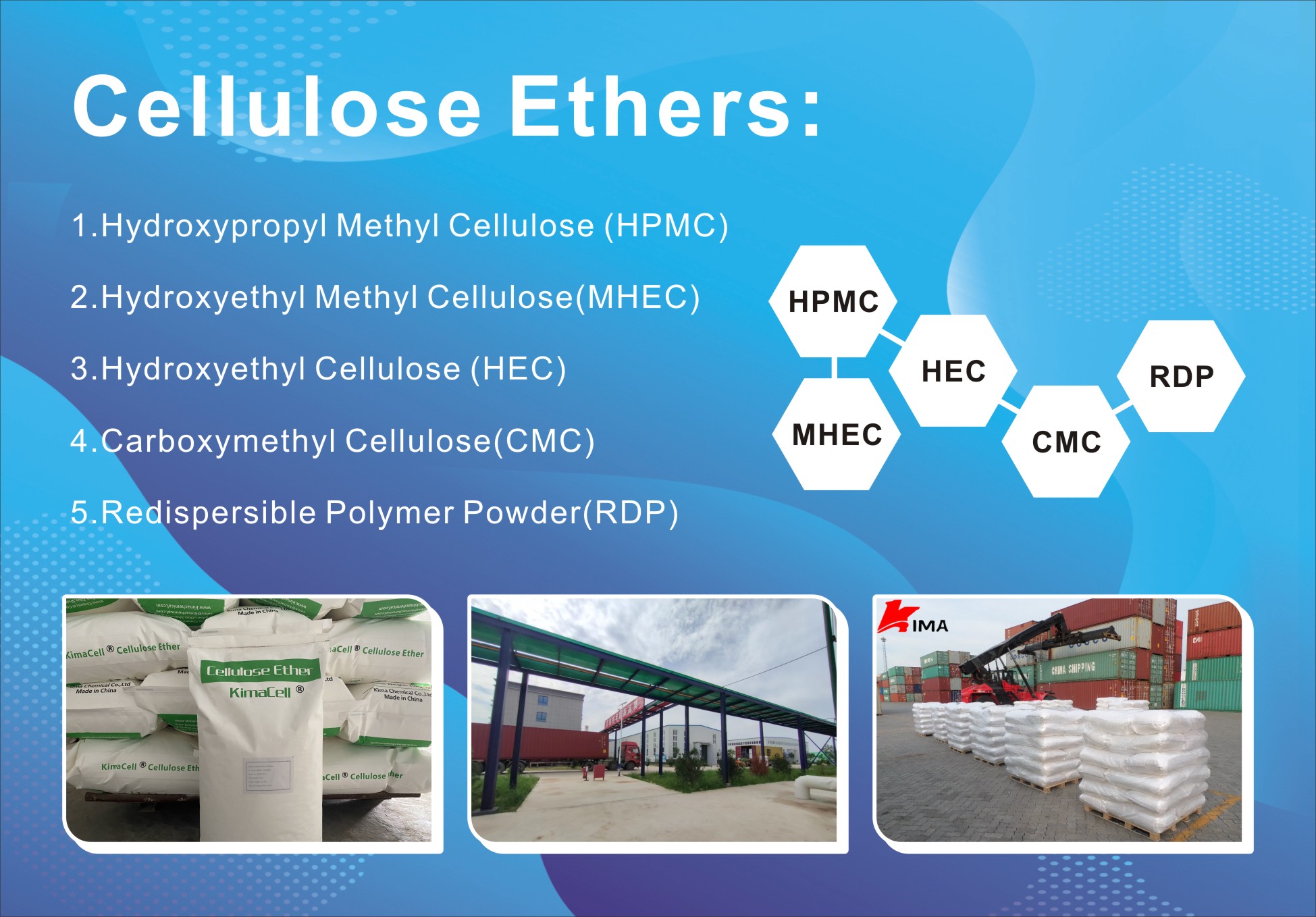High performance PAC for water-based drilling fluids
High-performance polyanionic cellulose (PAC) is a crucial additive in water-based drilling fluids, offering a range of benefits that enhance drilling efficiency, wellbore stability, and overall performance. PAC is a water-soluble polymer derived from cellulose, and its use in drilling fluids helps control rheology, fluid loss, and filtration control. Here’s how high-performance PAC contributes to the effectiveness of water-based drilling fluids:
Characteristics of High-Performance PAC:
- Water Solubility: High-performance PAC is readily soluble in water, allowing for easy mixing and dispersion in drilling fluid systems.
- Thickening and Rheology Control: PAC serves as a viscosifier in drilling fluids, helping to achieve and maintain the desired viscosity and rheological properties. It imparts shear-thinning behavior, facilitating pumpability during circulation and shear recovery when static.
- Fluid Loss Control: PAC forms a thin, impermeable filter cake on the borehole wall, effectively reducing fluid loss into the formation. This helps maintain wellbore stability, prevent formation damage, and minimize costly lost circulation problems.
- Temperature and Salinity Stability: High-performance PAC is formulated to maintain its performance and stability across a wide range of temperatures and salinity levels encountered during drilling operations, including high-temperature and high-salinity environments.
- Compatibility with Additives: PAC exhibits good compatibility with other drilling fluid additives, including clay stabilizers, lubricants, shale inhibitors, and weighting agents. It can be used in combination with various additives to tailor drilling fluid properties to specific well conditions and objectives.
Benefits of High-Performance PAC in Water-Based Drilling Fluids:
- Improved Hole Cleaning: PAC helps suspend drill cuttings and debris in the drilling fluid, promoting efficient removal from the wellbore and preventing them from settling and causing downhole problems.
- Enhanced Lubricity: The presence of PAC in drilling fluids reduces friction between the drill string and the wellbore, improving drilling efficiency, reducing torque and drag, and extending the life of drilling equipment.
- Stabilized Wellbore: PAC helps prevent wellbore instability issues, such as hole enlargement, sloughing shale, and formation collapse, by providing effective filtration control and maintaining wellbore integrity.
- Increased Penetration Rates: By optimizing drilling fluid properties and reducing frictional losses, high-performance PAC can contribute to faster drilling rates and overall time savings in drilling operations.
- Environmental and Regulatory Compliance: Water-based drilling fluids containing high-performance PAC offer environmental advantages over oil-based fluids, including reduced environmental impact, easier disposal, and compliance with regulatory requirements for drilling operations.

Applications of High-Performance PAC:
High-performance PAC is used in a wide range of drilling fluid systems, including:
- Water-based muds (WBM): PAC is a key component in freshwater, saltwater, and brine-based mud systems used for various drilling applications, including exploration, production, and completion.
- Horizontal and directional drilling: PAC helps maintain wellbore stability and control in challenging drilling conditions, such as extended-reach wells, horizontal wells, and highly deviated wells.
- Offshore drilling: PAC is particularly valuable in offshore drilling operations, where environmental considerations, equipment limitations, and wellbore stability are critical factors.
Conclusion:
High-performance polyanionic cellulose (PAC) plays a vital role in water-based drilling fluids, providing essential rheological control, fluid loss control, and wellbore stabilization properties. By incorporating high-performance PAC into drilling fluid formulations, operators can achieve improved drilling efficiency, wellbore stability, and overall performance, ultimately contributing to successful and cost-effective drilling operations.
Post time: Mar-06-2024
